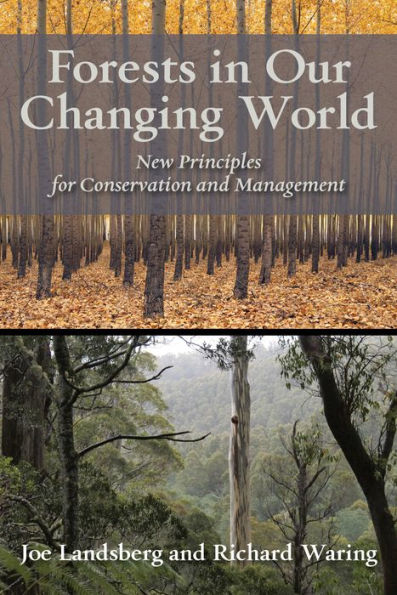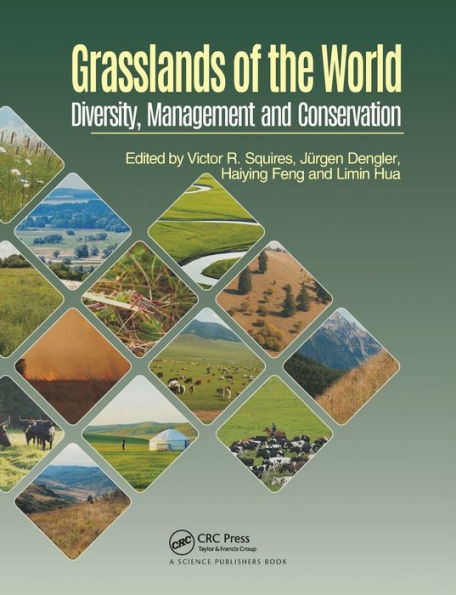Home
Forests Our Changing World: New Principles for Conservation and Management
Loading Inventory...
Barnes and Noble
Forests Our Changing World: New Principles for Conservation and Management
Current price: $41.00


Barnes and Noble
Forests Our Changing World: New Principles for Conservation and Management
Current price: $41.00
Loading Inventory...
Size: Paperback
*Product Information may vary - to confirm product availability, pricing, and additional information please contact Barnes and Noble
Scientists tell us that climate change is upon us and the physical world is changing quickly with important implications for biodiversity and human well-being. Forests cover vast regions of the globe and serve as a first line of defense against the worst effects of climate change, but only if we keep them healthy and resilient.
Forests in Our Changing World
tells us how to do that. Authors Joe Landsberg and Richard Waring present an overview of forests around the globe, describing basic precepts of forest ecology and physiology and how forests will change as earth’s climate warms. Drawing on years of research and teaching, they discuss the values and uses of both natural and plantation-based forests. In easy-to-understand terms, they describe the ecosystem services forests provide, such as clean water and wildlife habitat, present economic concepts important to the management and policy decisions that affect forests, and introduce the use of growth-and-yield models and remote-sensing technology that provide the data behind those decisions. This book is a useful guide for undergraduates as well as managers, administrators, and policy makers in environmental organizations and government agencies looking for a clear overview of basic forest processes and pragmatic suggestions for protecting the health of forests.
Forests in Our Changing World
tells us how to do that. Authors Joe Landsberg and Richard Waring present an overview of forests around the globe, describing basic precepts of forest ecology and physiology and how forests will change as earth’s climate warms. Drawing on years of research and teaching, they discuss the values and uses of both natural and plantation-based forests. In easy-to-understand terms, they describe the ecosystem services forests provide, such as clean water and wildlife habitat, present economic concepts important to the management and policy decisions that affect forests, and introduce the use of growth-and-yield models and remote-sensing technology that provide the data behind those decisions. This book is a useful guide for undergraduates as well as managers, administrators, and policy makers in environmental organizations and government agencies looking for a clear overview of basic forest processes and pragmatic suggestions for protecting the health of forests.


















